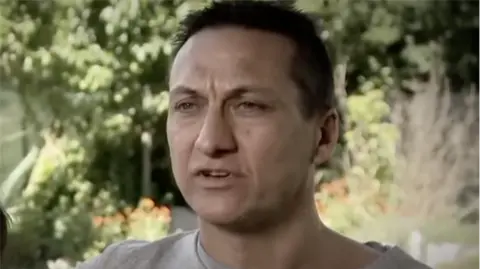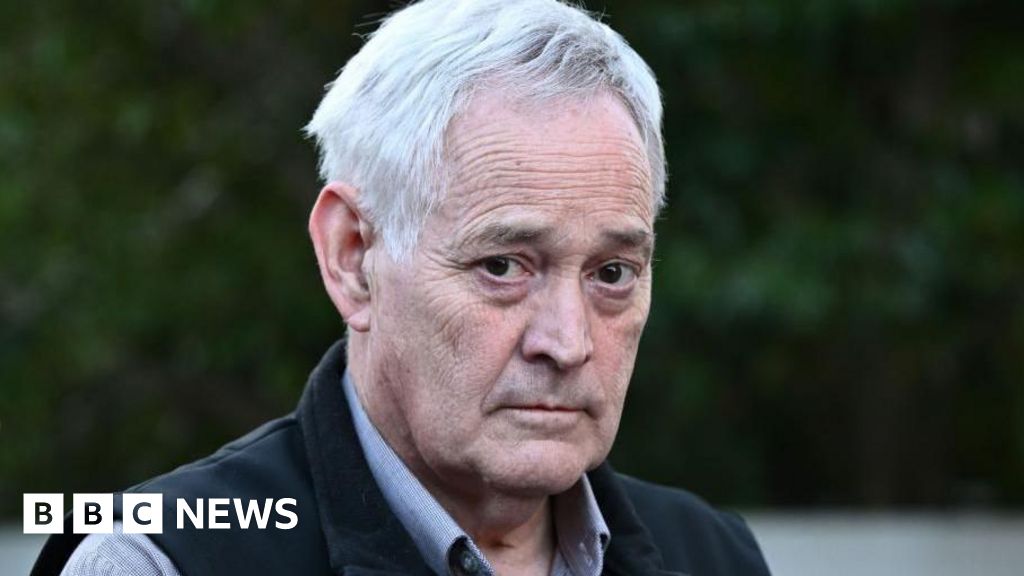In rural Victoria, Australia, a horrific turn of events has thrust Erin Patterson from the shadows of online true crime communities to the national spotlight due to a tragic mushroom poisoning incident. Over two years ago, three people died and another fell gravely ill after consuming toxic beef Wellingtons at her home. In what has been described as Australia’s biggest murder trial in recent history, public curiosity and media coverage have surged as Patterson's fate was dissected in court and beyond.
Patterson was once celebrated as a "super sleuth" among online true crime aficionados, building a reputation for her investigative prowess, particularly in a Facebook group focused on high-profile criminal cases. However, she now finds herself under extensive scrutiny as the narrative shifts from her online persona to the courtroom, where she stood trial for the alleged murders. Despite her recent conviction, the public's fascination with her story has only grown, echoing elements reminiscent of Shakespearean drama, as noted by criminal psychologist Tim Watson-Munro.
The courtroom scene during Patterson's trial became a microcosm of public interest, where dedicated spectators queued daily to secure their seats amidst a rising tide of media frenzy. The trial attracted multiple documentary teams and journalists from around the world, eager to capture every moment of this gripping narrative. Amidst this media onslaught, spectators, many of whom were avid true crime fans themselves, became a part of the story too – camping outside, discussing theories, and contributing to a fervent online dialogue.
The trial not only scrutinized Patterson's actions but also revealed the gendered lens through which female defendants are often viewed. Some observers have drawn parallels to past cases, suggesting that media portrayal frequently emphasizes traditional gender roles, highlighting the expectation of empathy and emotional responses from women. Conversely, Patterson's perceived lack of visible remorse fueled speculation about her guilt among both jurors and the public alike.
Further complicating the narrative is the emotional backdrop of loss experienced by the families of the victims, who have expressed dismay at how the tragedy has been transformed into entertainment. Local councillor Nathan Hersey articulated a growing frustration, urging for recognition of the victims and their communities over sensationalism surrounding the case.
The Patterson case has transcended the courtroom, inspiring a myriad of cultural responses, including documentaries, podcasts, and fictional adaptations. This phenomenon reflects broader societal patterns where true crime stories resonate deeply, often at the expense of the focal realities behind the tragedies they explore. As discussions about Patterson’s innocence or guilt circulate, many observers grapple with the fine line between public fascination with crime and respect for the victims left behind.






















